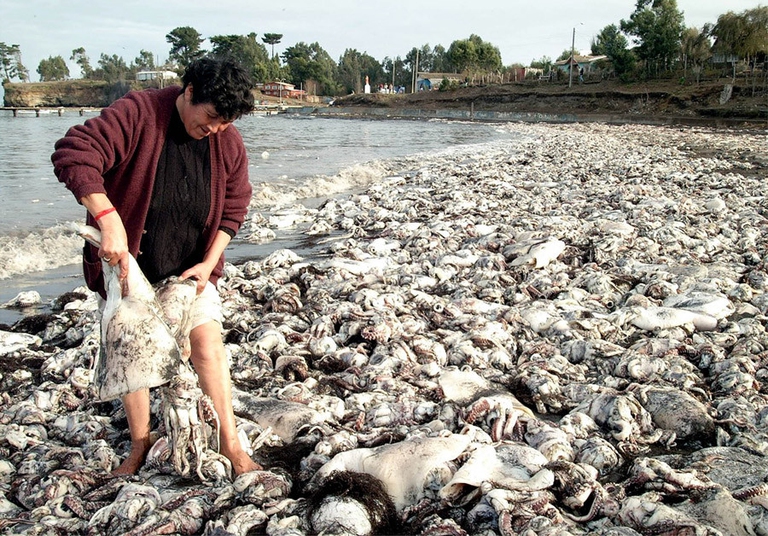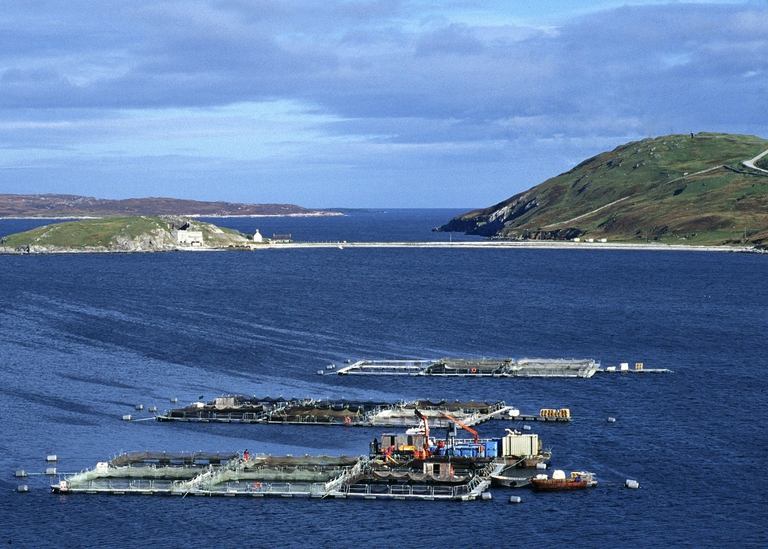
The Copernicus service has released data for the first eleven months of 2025: global warming is set to come close to last year’s record.
Sea is the cradle of life, but Chilean waters have turned into a grave. Unprecedented red tide is killing millions of marine creatures in the Pacific Ocean, off the coast of Chiloé Island, in Los Lagos region, southern Chile. It is the largest die-off of marine wildlife in the country’s history. What caused the red
Sea is the cradle of life, but Chilean waters have turned into a grave. Unprecedented red tide is killing millions of marine creatures in the Pacific Ocean, off the coast of Chiloé Island, in Los Lagos region, southern Chile. It is the largest die-off of marine wildlife in the country’s history.
The red tide is an algal bloom that turns the seawater red. These algae produce poisonous toxins that – in large quantities – reduce oxygen in water, becoming lethal to marine wildlife.
Among the causes of the unusual algal proliferation is an increase in seawater temperatures combined with El Nino weather pattern. In fact, southern Pacific Ocean registered peaks in temperatures during last summer.
The red tide caused the death of an incredible variety of animal species, including sardines, jellyfish, shellfish, mussels, seals, sea birds and squid, and even altered whales’ migratory routes. In January, the catastrophe onset took place on the shores of the Chilean island of Santa María, with thousands of Humboldt squid (Dosidicus gigas) washed ashore. Ecosystems are perfect yet delicate mechanisms and changes risk threatening their survival. Animals that haven’t been affected directly, but ate other creatures’ carcasses, have been poisoned as well. Even creatures at the top of the food chain, namely humans, have symptoms of poisoning and have been hospitalised.
Beyond ecological damages, the phenomenon is also affecting Chile’s economy. Algae caused the death of over 20 million salmons, casing huge losses to the country, which is the world’s second producer after Norway.
Scientists say the phenomenon is caused by several concurrent factors, including the salmon industry. It would be responsible for the dumping of dead fish and nitrogenous substances that, by accumulating, favour the blooming of toxic algae. Fishermen took to the streets in Chiloé over the past few days to protest against salmon multinationals.
Siamo anche su WhatsApp. Segui il canale ufficiale LifeGate per restare aggiornata, aggiornato sulle ultime notizie e sulle nostre attività.
![]()
Quest'opera è distribuita con Licenza Creative Commons Attribuzione - Non commerciale - Non opere derivate 4.0 Internazionale.
The Copernicus service has released data for the first eleven months of 2025: global warming is set to come close to last year’s record.
The European Council and Parliament have reached an agreement on the European Commission’s proposal to deregulate new GMOs. But farming, organic agriculture, and environmental organizations are calling for it to be stopped.
Several hundreds of women in India have rejuvenated vast stretch of forest land through a unique method of guarding the forest.
The solution developed by the Italian startup Agri-E enables on-site bioethanol production, promoting energy self-sufficiency for farms.
South African court dismisses a major lawsuit by 140,000 Zambian women and children against Anglo American for Kabwe lead poisoning. A setback for affected communities enduring the lasting impact of lead contamination.
Controversial African land deals by Blue Carbon face skepticism regarding their environmental impact and doubts about the company’s track record, raising concerns about potential divergence from authentic environmental initiatives.
Majuli, the world’s largest river island in Assam State of India is quickly disappearing into the Brahmaputra river due to soil erosion.
Food imported into the EU aren’t subject to the same production standards as European food. The introduction of mirror clauses would ensure reciprocity while also encouraging the agroecological transition.
Sikkim is a hilly State in north-east India. Surrounded by villages that attracts outsiders thanks to its soothing calmness and natural beauty.










